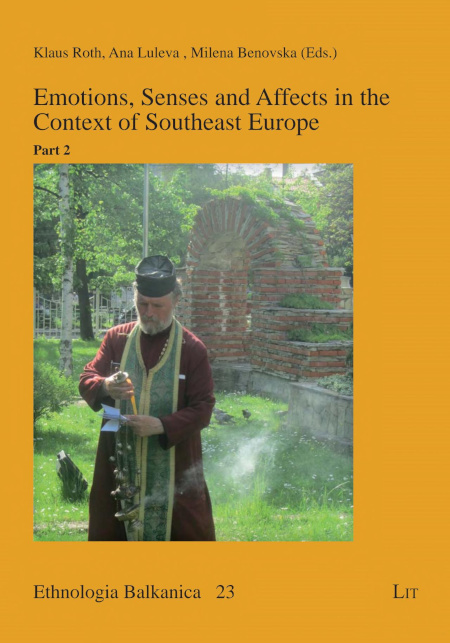Traditional Dress in the Age of Globalization
Traditional Dress in the Age of Globalization
A Craving for Individuality, Patterns of Belonging, and in Between Emotions
Author(s): Dorina ArapiSubject(s): Anthropology, Customs / Folklore, Cultural Anthropology / Ethnology, Culture and social structure
Published by: LIT Verlag
Keywords: traditional dress; local designers; individuality; patterns of belonging; linguistic action; in between emotions;
Summary/Abstract: In pre-industrial societies, traditional dress was a mark of loyalty and an expression of the belonging of the bearers to their community and heritage. Linked to “mental maps” of the bearers, the structure of the traditional dress was preserved and elaborated through monitored practices and a contract between community and various institutions was achieved. By following a model, the tradition was mastered. Nowadays, in the age of globalization, the production of the traditional dresses which are mostly used in familial and social events, depends on local designers. They are designed as “unique” and according to the request of the market. Their uniqueness serves to differentiate the product from the other local designers and from others consumers and to follow the days fashion trends. Preserving elements of tradition helps to keep the bearer related to communities’ heritage and not to be excluded from it. Tactics taken between consumers and local designers guarantee a balance between them and keep their relation to tradition as well. These tactics lead towards individuality. To this point, craving for individuality in a globalized world leads to a process of resignification of the product by altering patterns of belonging in traditional settings. The traditional dress is continuously modified, personalized, and adapted to cope with changes leading to the process of resemantization of the traditional patterns: new meanings of resignification are created and it involves a process of appropriation by the consumer. This process mixes emotions towards the item by articulating new patterns of belonging. Therefore, the so called “traditional dress” is perceived by some as non-traditional and by others as a traditional one. The focus of this study will be on the urban traditional dress of the Albanian speaking community of Prizren in Kosovo. I have used ethnographic methods, such as participant observation, semi-structured interviews and virtual ethnography through social networks.
Journal: Ethnologia Balkanica
- Issue Year: 2022
- Issue No: 23
- Page Range: 91-106
- Page Count: 16
- Language: English
- Content File-PDF

